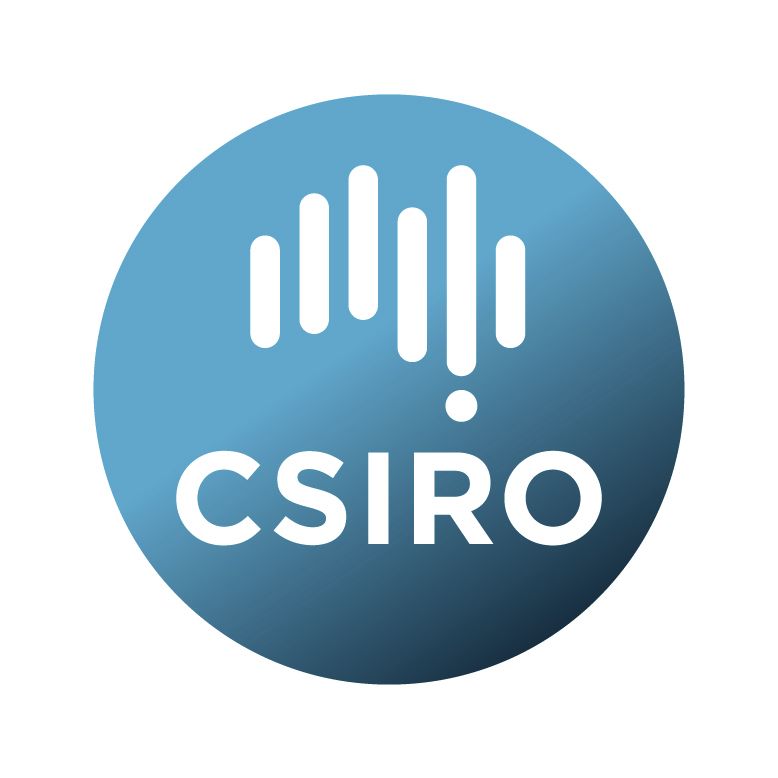Brief description
The NovaSAR-1 Australia National Mosaic is an amalgamation of 349 NovaSAR-1 S-band radar images acquired between 2020 and 2023 in tri-polarisation mode (HH, VV, HV) from descending-pass orbits.For the false colour composite layers, HH is red, HV is green, and VV is blue. This means white and purple show built-up areas, green is vegetated areas, and black is water or flat surfaces such as runways etc. The difference in white or purple for built-up areas is due to the buildings' orientation to the flight path and/or line of sight.
N.B: CSIRO does not recommend the NovaSAR-1 Australia National Mosaic for detailed quantitative analysis, but rather as a qualitative reconnaissance product for exploring relative variations of S-band radar backscatter across large spatial areas in Australia.
Lineage: 1. Discovered all available NovaSAR-1 acquisitions between 2020 and 2023 in tri-polarisation mode (HH, VV, HV) from descending orbital passes and both right- and left-looking viewing geometries.
2. Processed the discovered images to generate Normalised Radar Backscatter (NRB) products as per the CEOS analysis ready data (ARD) specification. Pixel values are amplitudes stored as UINT16 data types.
3. Manual quality check of all NRB products to remove those with obvious geometric issues.
4. Manual quality check of remaining NRB products to remove those with radiometric errors and significant radiometric variations based on a preliminary virtual mosaic.
5. Following these quality checks, 349 NRB products were selected for maximum national coverage based on a score derived from acquisition parameters, optimal seasonality and image quality, and minimising the overall number of acquisitions used in areas of overlap of the candidate images.
6. Edge trimming was applied to all selected candidate images to remove border effects.
7. Each of the three individual polarisation channels (HH, VV, HV) within the 349 NRB products were signal-balanced by minimising the differences in overlapping regions. The differences among overlaps are modelled using a third-order 2D polynomial (10 coefficients per channel per image), and
8. A final logarithm transformation was applied to make the composite mosaic more visually appealing before merging the three signal-balanced polarisation channels into tri-pol images
9. The national mosaic was created using a bespoke mosaicking algorithm that selects pixels based on the scores derived in step 5.
10. An acquisition ID index image was created accordingly, that records the NovaSAR-1 acquisition ID that data is pulled from for each pixel.
Available: 2025-06-10
Data time period: 2020-01-01 to 2023-12-31
Subjects
Built Environment and Design |
CEOS-ARD |
Climate Change Impacts and Adaptation |
Computational Modelling and Simulation in Earth Sciences |
Earth Sciences |
Engineering |
Environmental Sciences |
Earth Observation |
Earth and Space Science Informatics |
Earth System Sciences |
Ecological Applications |
Ecological Applications Not Elsewhere Classified |
Ecological Impacts of Climate Change and Ecological Adaptation |
Environmental Assessment and Monitoring |
Environmental Geography |
Environmental Management |
Geoinformatics |
Geomatic Engineering |
Human Society |
Human Geography |
Land Use and Environmental Planning |
NovaSAR-1 |
Oceanography |
Oceanography Not Elsewhere Classified |
Other Earth Sciences |
Other Earth Sciences Not Elsewhere Classified |
Physical Sciences |
Photogrammetry and Remote Sensing |
Physical Geography and Environmental Geoscience |
Physical Geography and Environmental Geoscience Not Elsewhere Classified |
Physical Oceanography |
Remote Sensing |
SAR |
Space Sciences |
Space Sciences Not Elsewhere Classified |
Urban and Regional Planning |
User Contributed Tags
Login to tag this record with meaningful keywords to make it easier to discover
Identifiers
- Handle : 102.100.100/660558

- URL : data.csiro.au/collection/csiro:63509



